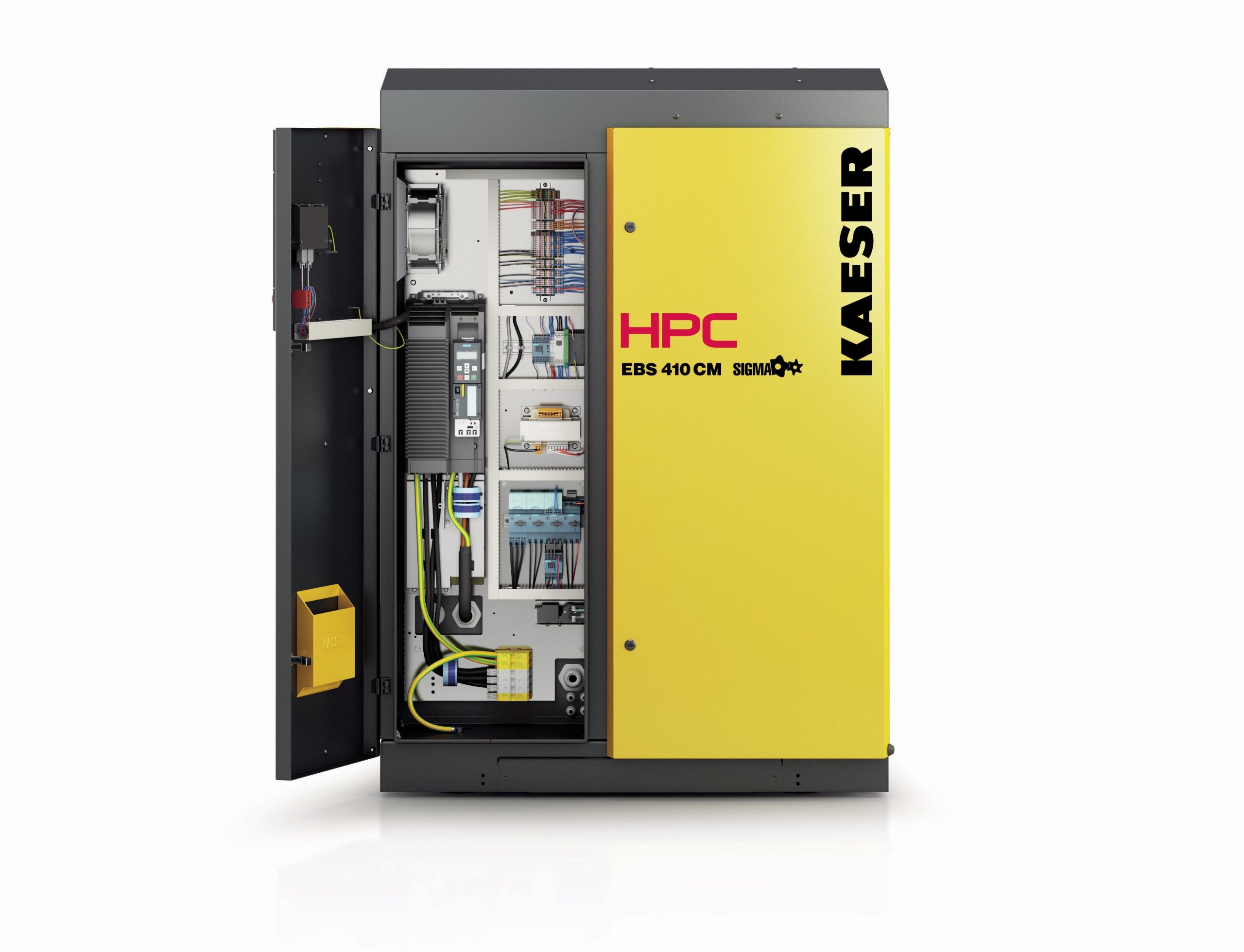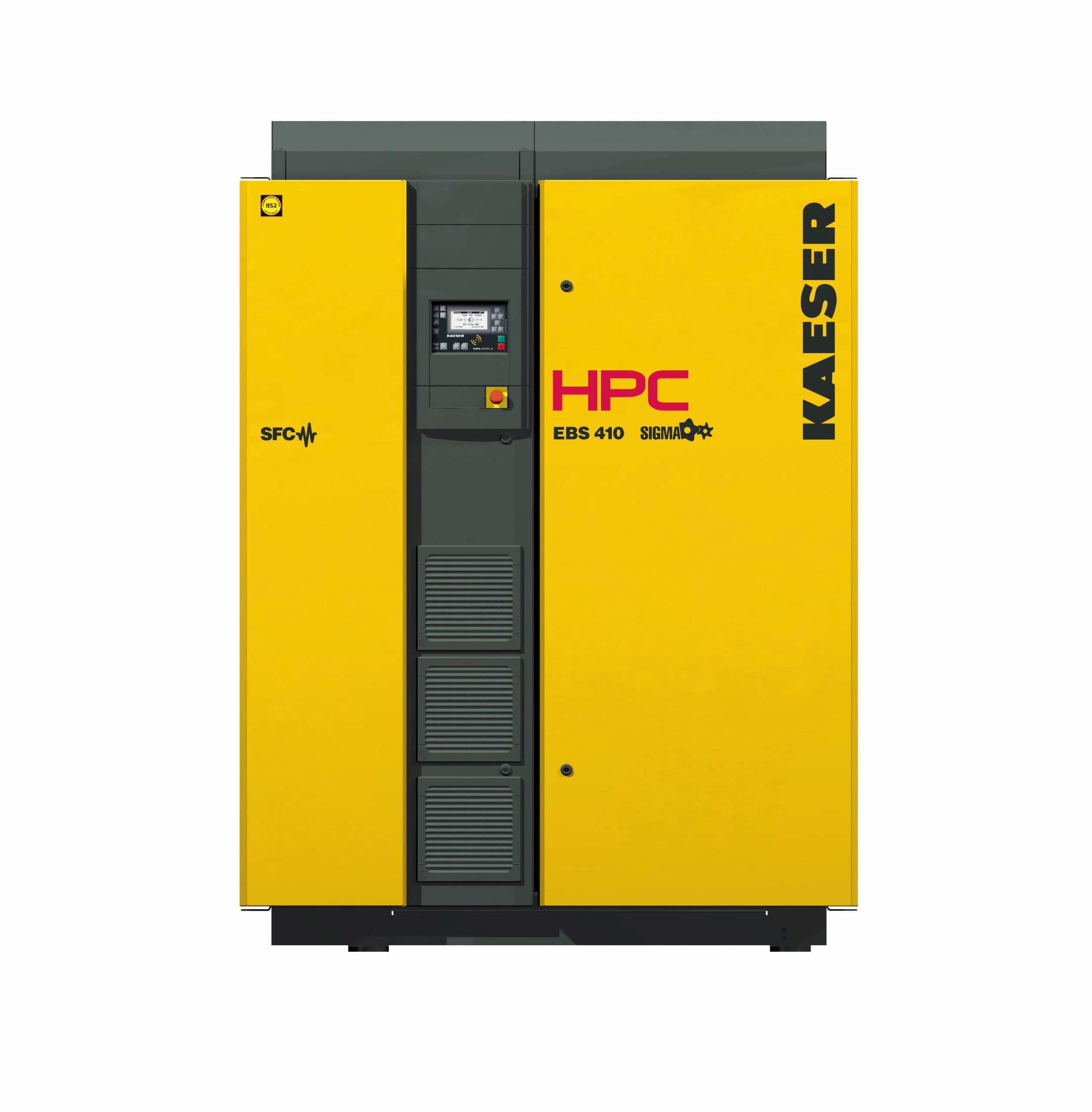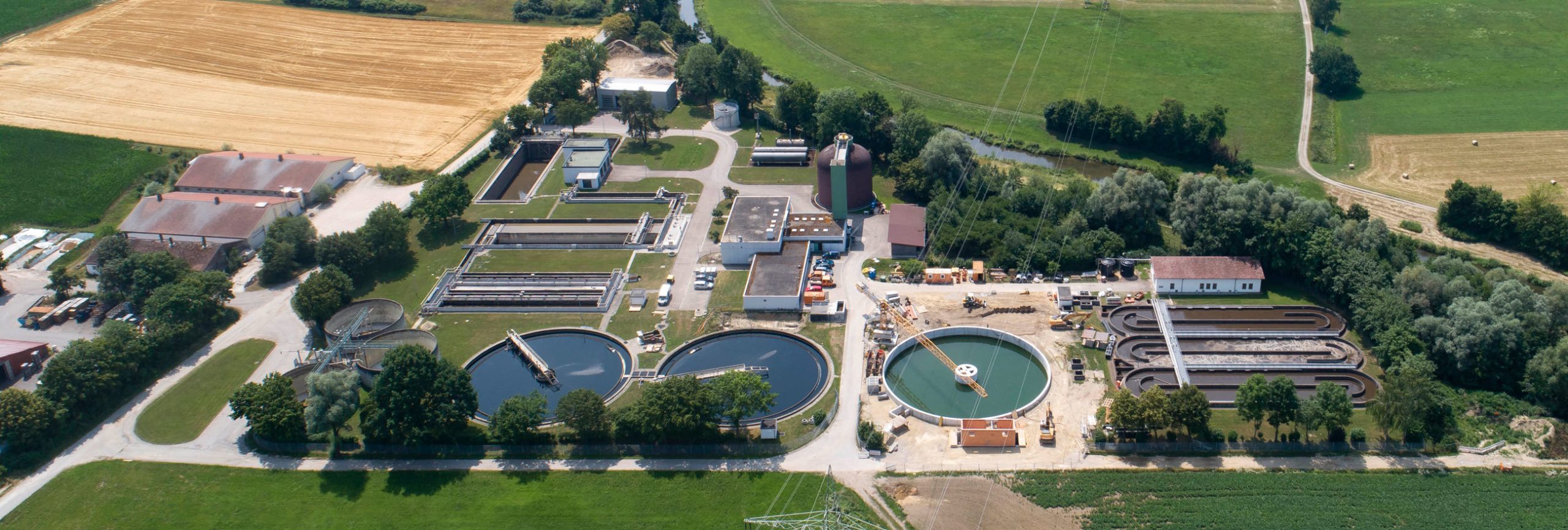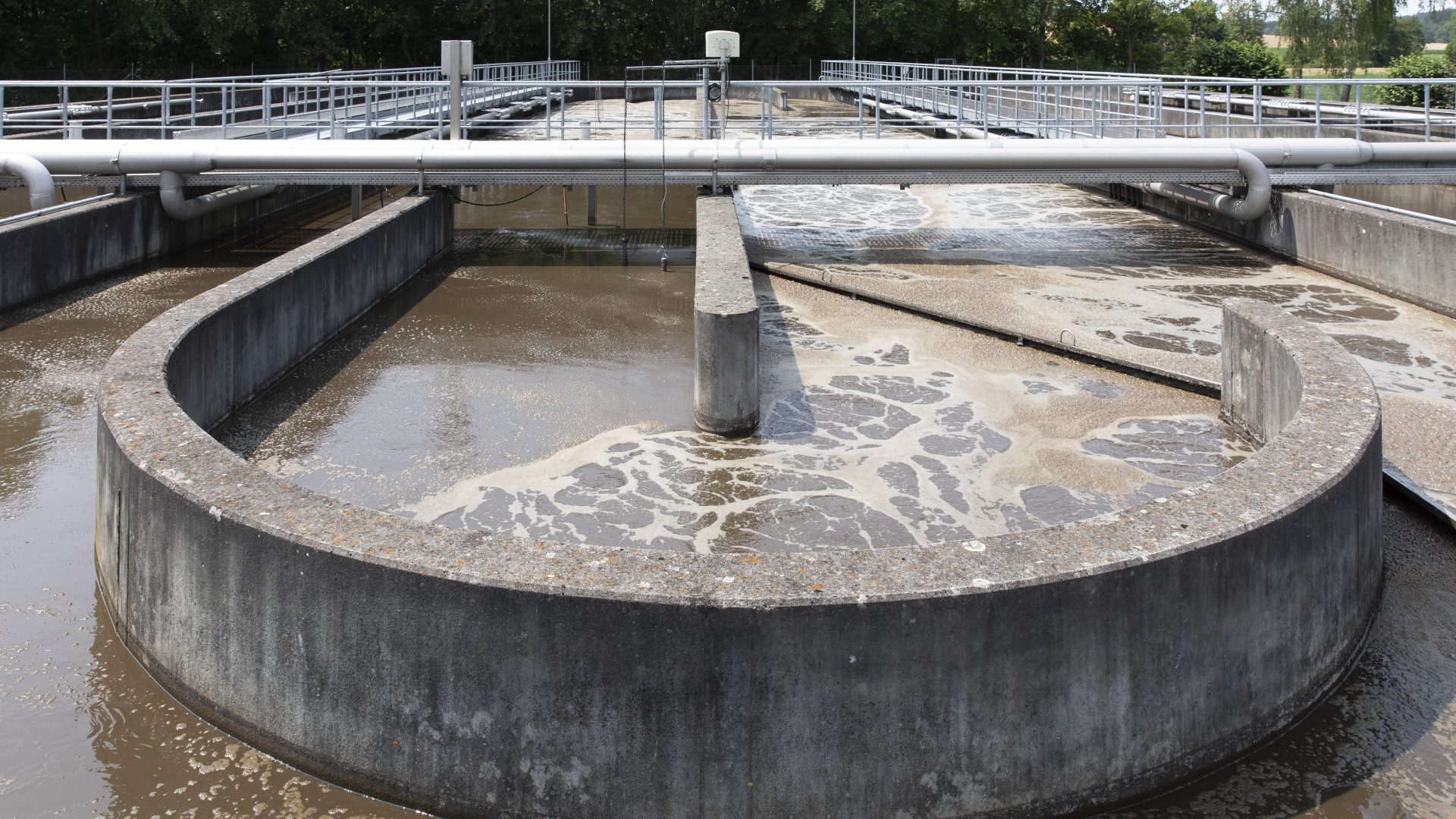
As part of a major modernisation of Germany’s Hirblingen sewage treatment plant, six HPC KAESER rotary screw blowers were installed to take care of aeration of the activated sludge tanks. Energy consumption was significantly reduced as a result.
Given the energy-intensive production of compressed air, the aeration tanks account for between 24 and 30% of the energy requirements of a sewage treatment plant.
So, the energy efficiency of wastewater treatment plants significantly depends on the design of the sludge tanks and their aeration system, a fact that Germany’s Schmuttertal Wastewater Association took into account during the modernisation of the Hirblingen plant.
“In recent years, several optimisation measures have been carried out on the wastewater treatment plant site,” explains Martin Schwab, operations manager of the Hirblingen wastewater treatment plant.
“Besides construction of a third final settling tank and the building of a second storm overflow basin, upgrade of the aeration facilities in the existing sludge tanks was the main focus. The old blowers had been in operation for over 30 years. Therefore, for energy efficiency reasons, these had to be replaced.”

Exceptional energy savings
The aerated sludge tanks are now served by six KAESER EBS 410 L SFC rotary screw blowers with 45 kW motors operating at 650 mbar. In addition to the machines’ exceptional energy efficiency, their wide control range was also a determining factor in choosing HPC KAESER.
“In many wastewater treatment plants, the required compressed air is generated using inefficient blowers, which have significant optimisation and energy-saving potential,” explains Peter Werhahn, Product Manager for blowers at KAESER KOMPRESSOREN. “Our rotary screw blowers are highly efficient across a wide flow rate range. Their exceptional efficiency allows savings of up to 35% in comparison to conventional blower systems.”
In addition to transitioning to more efficient equipment, the control and design of these systems are also crucial for the overall energy efficiency of the wastewater treatment plant. All KAESER rotary screw blowers are equipped with the SIGMA CONTROL 2 integrated controller. This advanced system provides efficient control and monitoring of operating and status data in real-time. Continuous recording of operating parameters allows for comprehensive system monitoring, which, in turn, reliably prevents downtime.
Efficiency that pays off
The EBS rotary screw blowers are equipped with a frequency converter. Using variable speed control, this allows flow rate to be adjusted to match the actual air demand of the process. This saves additional energy consumption and therefore money.
Furthermore, the method of introducing air into the sludge tanks has a significant impact on efficiency. One reason why, as part of the general modernisation initiative, the old candle aerators were replaced with plate aerators. The fine bubble pressure aerator is located at the bottom of the tank and distributes the compressed air as fine bubbles over a large area within the tanks. This increases the oxygen input per kilowatt-hour of electricity and subsequently reduces power consumption by an additional 10 to 30%, depending on the system.
Thanks to the projected energy savings of up to 45% for the entire system, the modernisation project was eligible for financial support: For renewal of the tank aeration system, the Schmuttertal Wastewater Association received a funding grant from the Federal Ministry for the Environment, Nature Conservation and Nuclear Safety covering approximately 30% of the total cost.
“This modernisation is a sustainable step towards the future,” emphasises Plant Manager Martin Schwab. “With the rotary screw blowers from KAESER, we are now where we want to be in terms of optimum performance and energy savings.”




